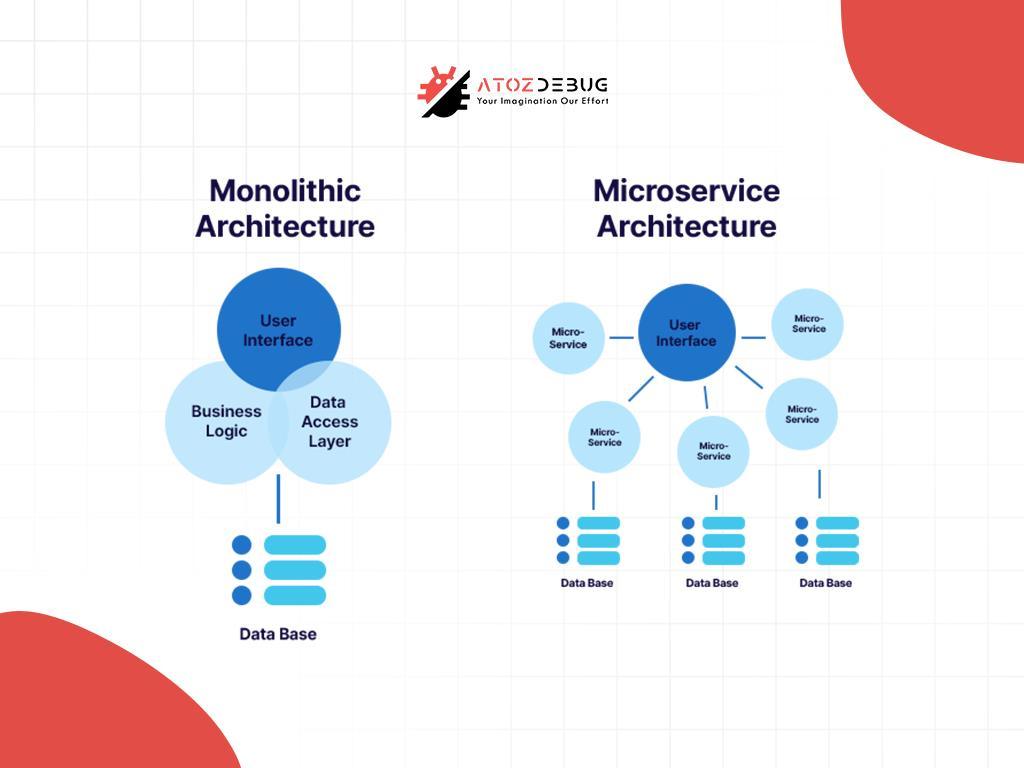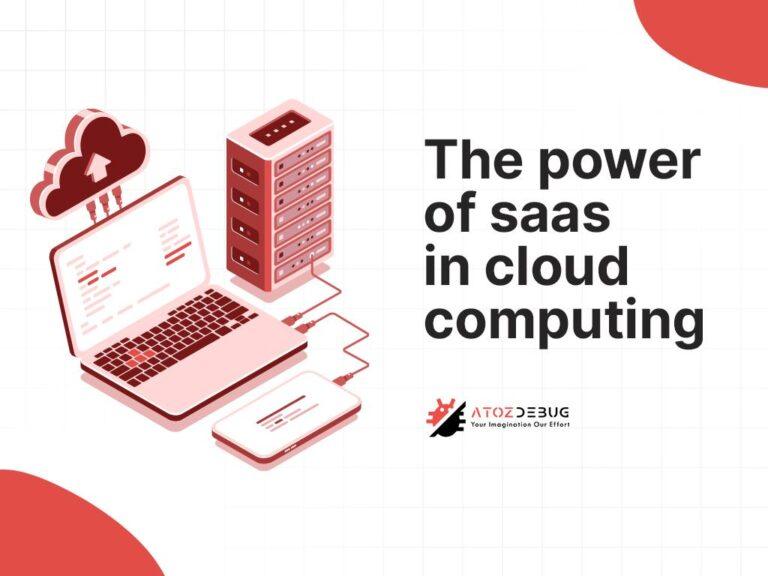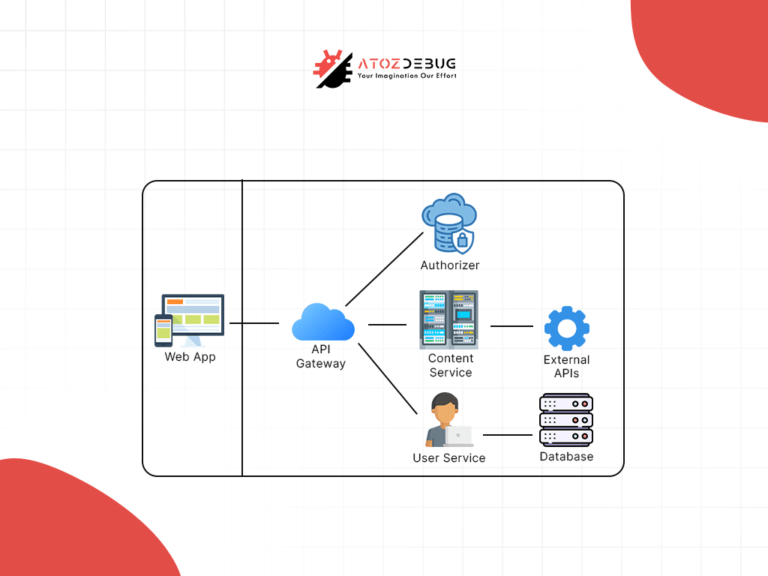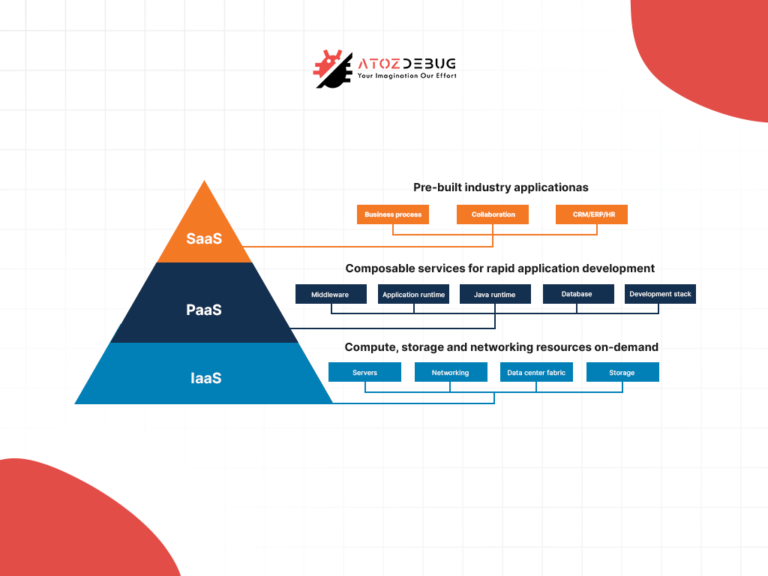Since the tech world keeps changing, businesses need software that can grow, adapt, and stay flexible. This is where microservices architecture makes a big difference.
But, how exactly does microservice architecture help businesses? It basically breaks applications into smaller, independent services, and makes it easier for companies to build as well as manage their software effectively.
For those companies focused on SaaS development, considering microservices would be beneficial. They allow quick updates, easy scaling, and adding new features without affecting the whole system. Unlike traditional monolithic architecture where everything is tightly connected, microservices keep software modular and easier to manage.
When microservices are paired with cloud infrastructure, they are even more powerful. If you’re moving away from a monolithic system or creating something new, adopting microservices can change the way you build software.
Keep reading to learn how this approach is revolutionizing the future of SaaS.
Why Microservices Architecture Transforms SaaS Development
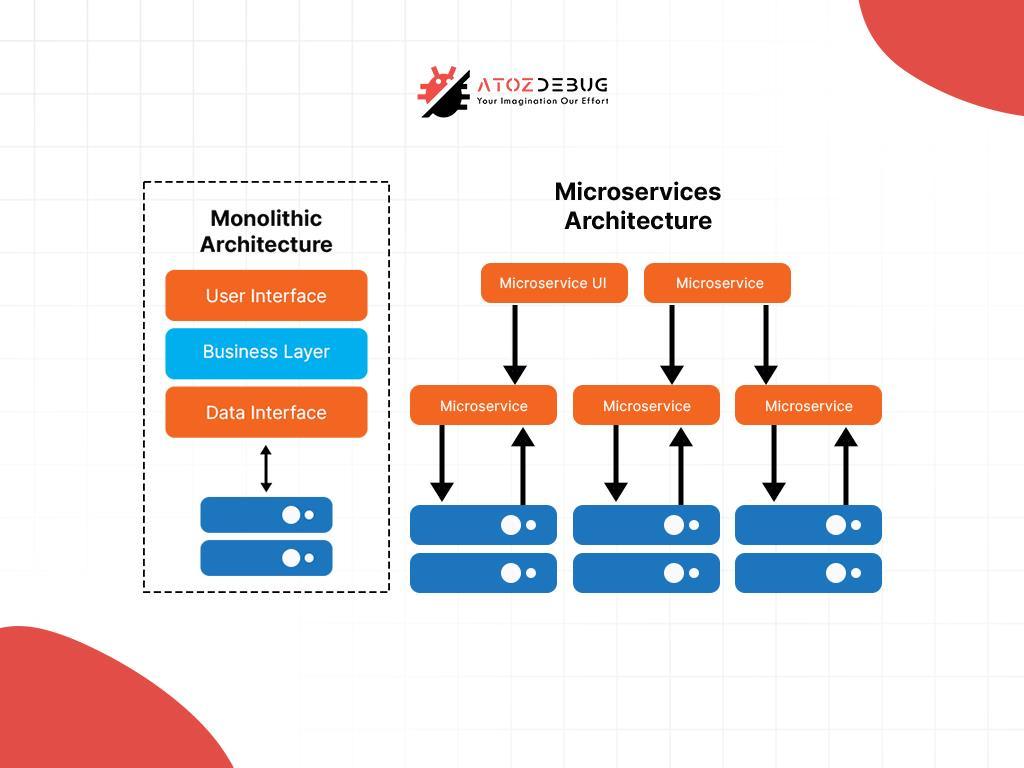
Microservices architecture is all about breaking down a big, complex application into smaller, separate services. Each service works on its own and connects with others using APIs or message queues. This approach makes SaaS development easier and brings many benefits:
Enhanced Software Scalability
A big advantage of using microservices in SaaS development is that they make scaling easier, a critical factor for SaaS apps. Without scalability, apps may slow down or face issues as users, data, or transactions increase which can limit business growth.
Microservices solve this by allowing businesses to scale only the necessary services rather than the entire app. For example, if one service experiences high demand, it can be scaled independently to ensure smooth and efficient performance.
Advanced Cybersecurity
Cybersecurity is another benefit of having microservices in SaaS. By keeping services separate, the risk of a security breach is reduced. If one part of the system is compromised, the rest stay safe.
This modular setup strengthens the security of SaaS apps, especially as they grow more complex. There is a report from the BetterCloud survey that says, 31% of respondents highlighted security as a top concern, and microservices help address these worries.
Flexibility in Technology
Microservices offer great flexibility. They do this by allowing each service to be built with different programming languages or tools. This lets businesses pick the best tools for each task, which speeds up innovation and makes it easier to add new features.
As a result, SaaS application providers can stay flexible and competitive. And, by combining cloud infrastructure with microservices, your business can achieve even more.
Microservices vs Monolithic SaaS: A Simple Comparison
| Feature | Monolithic SaaS | Microservices SaaS |
|---|---|---|
| Scalability | The whole app needs to scale together, even if only one part is under pressure. This can waste resources. | Each service can scale independently, so you only give extra power to the part that actually needs it. |
| Cost | Costs can go up as you’re scaling the entire system, not just the busy parts. | More cost-efficient in the long run since you’re scaling only what’s necessary. |
| Speed of Development | Adding new features or updates can be slow, because a change in one area can affect the whole app. | Faster development cycles, teams can work on different services without stepping on each other’s toes. |
| Security | A single vulnerability can put the entire system at risk. | If one service is attacked, the others remain safe, reducing overall damage. |
| Maintenance | Fixing bugs or making updates often means digging through the whole codebase. | Easier to manage, each service is smaller and can be updated on its own. |
| Innovation | Harder to adopt new tools or technologies because everything is tightly connected. | Much more flexible, teams can pick the best tech stack for each service. |
Exploring the Benefits of Cloud-SaaS Architecture
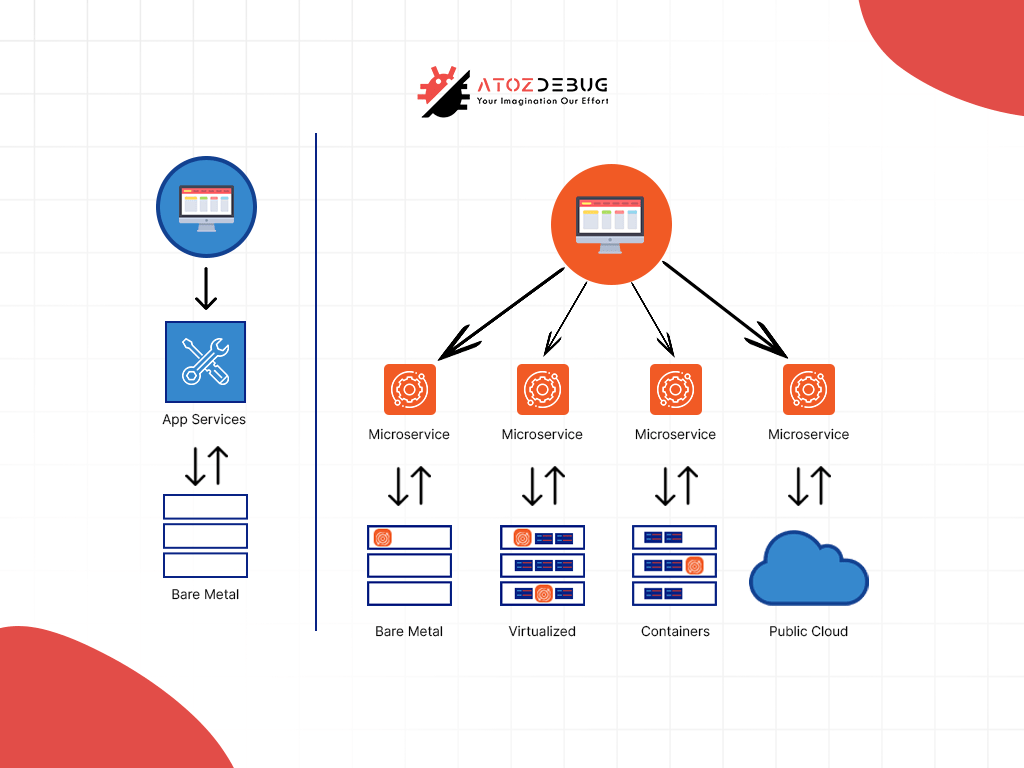
The integration of cloud infrastructure with microservices creates a strong partnership that helps SaaS apps perform well in changing environments. Cloud platforms like AWS Lambda and Azure Functions support a serverless microservices setup, allowing businesses to:
1. Deploy applications globally for better performance: Cloud platforms make it easy to run apps in different regions, which helps reduce delays and makes the app more accessible to users everywhere. This ensures the app works smoothly no matter where the user is located.
2. Use scalable development to handle workloads better: Cloud platforms let businesses adjust resources based on demand. This means they can add more power during busy times and scale down during low-traffic periods. It keeps performance high while saving costs.
3. Simplify operations with DevOps tools like Jenkins and Ansible: These tools simplify automation, manage continuous integration, and handle deployments. They help teams work faster by automating repetitive jobs, speeding up development, and keeping systems reliable.
4. Boost security with built-in cloud features: Cloud platforms provide advanced security tools like encryption, identity management, and threat detection. These features help keep sensitive data and apps safe from cyber threats.
5. Move faster and bring updates quickly: Cloud-SaaS architecture lets businesses launch updates and new features quickly. This helps them adapt to market changes and meet customer needs faster.
Additionally, cloud infrastructure helps manage multi-tenancy in SaaS applications, which makes sure resources are used efficiently while keeping data separate. This architecture also allows teams to monitor the app’s performance and health in real time.
Future Trends in SaaS and Microservices
The SaaS landscape and microservices architecture are evolving rapidly. It is driven by the demand for more scalable, efficient, and secure solutions. Together, they’re transforming how businesses create and manage apps.
SaaS platforms now use microservices to offer modular, flexible, and reliable services to meet diverse business needs. This teamwork helps businesses respond quickly to market changes and give users a better experience.
With technology growing, microservices have become key for SaaS providers. Paired with new innovations, this approach is shaping the future of cloud-based software.
These are the upcoming trends of SaaS and Microservices:
- Serverless Computing: SaaS applications will continuously adopt serverless architectures, which allow efficient resource utilization, lower costs, and simplified deployment.
- AI-Driven Operations (AIOps): Integration of AI and machine learning will enhance operational efficiency, enabling predictive analytics and automated troubleshooting in microservices.
- Containerization and Kubernetes: Widespread adoption of containers and orchestration tools will ensure seamless deployment, scaling, and management of SaaS applications.
- Service Mesh Adoption: Service mesh solutions will streamline communication between microservices, improving security, reliability, and scalability.
- MACH Architecture: The adoption of MACH principles (Microservices, API-first, Cloud-native, and Headless) will enable SaaS platforms to offer modular and customizable solutions.
- Focus on Sustainability: SaaS providers will prioritize energy-efficient practices and sustainable software development to reduce environmental impact.
These future trends show how important flexibility, automation, and sustainability are becoming in SaaS and microservices. By adopting these new ideas, businesses can find more growth opportunities, keep users happy, and stay ahead in the fast-changing tech world.
Enhancing SaaS with DevOps and Automated Testing
DevOps, automated testing, and orchestration are tools that can greatly improve the development and launch of SaaS apps when used with microservices.
When businesses use DevOps strategies with the same approach, this leads to faster product launches, fewer errors, and better scalability. Eventually, this helps SaaS application providers maintain high-quality services and quickly adjust to a changing market.
DevOps for SaaS Applications
DevOps is the backbone of modern SaaS application development. It promotes collaboration between development and operations teams, ensuring that updates and improvements are continuous and seamless.
Through practices like continuous integration (CI) and continuous delivery (CD), DevOps helps maintain a constant flow of new features and fixes without disrupting the service. The integration of DevOps in SaaS ensures that teams can respond quickly to customer needs and market trends, all while maintaining the stability and reliability of the platform.
Automated Testing in SaaS
Automated testing is an important part of building SaaS apps. It helps teams find and fix bugs early in the process, making sure only the best quality code gets released.
By automating tests, developers can test new features and changes rapidly, reducing the time spent on manual testing. This leads to faster releases, increased customer satisfaction, and lower maintenance costs. Automated testing is key to maintaining the reliability and functionality of SaaS applications as they scale.
Orchestration for Seamless Operations
Orchestration ties together various processes within DevOps and automated testing. It involves automating workflows and managing dependencies between different components of the application. Through orchestration tools, teams can simplify complex workflows, ensuring that tasks like deployment, monitoring, and scaling happen automatically.
This eliminates the need for manual intervention and allows teams to focus on innovation rather than routine tasks. Orchestration also makes sure that all elements of the SaaS application work in harmony, from development to deployment.
Building Engaging User Experiences in SaaS
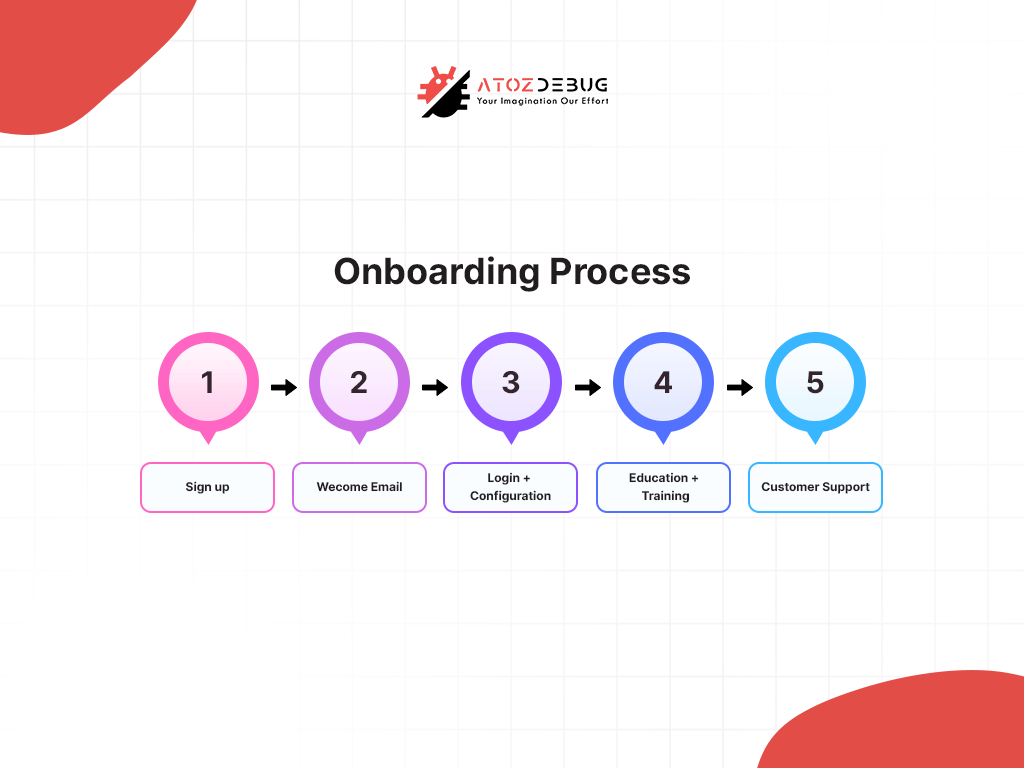
In the SaaS industry, delivering engaging user experiences is key to keeping customers happy and building long-term success. When users enjoy using your platform, they’re more likely to stick with it. To achieve this, SaaS companies should focus on understanding what their users need and offering simple, secure, and personalized experiences.
1. Make Onboarding Easy
A good user experience begins with a simple onboarding process. Clear steps, helpful tutorials, and interactive guides help new users quickly understand the software’s benefits. Customizing the onboarding for different user needs adds a personal touch and keeps users from leaving.
2. Focus on Accessibility and Ease of Use
SaaS products should work well and be easy to navigate on any device. Simple designs, clear navigation, and organized layouts make the software user-friendly. Tools like heatmaps and session replays can show where improvements are needed to meet customer expectations.
3. Use Customer Identity and Access Management
Customer identity and access management (CIAM) make logging in simple and secure. It protects user data while building trust and improving engagement. Features like single sign-on (SSO) and multi-factor authentication (MFA) make accessing the platform safer and easier.
4. Integrate an API Gateway
An API gateway can help enhance the SaaS experience by enabling smooth integration with third-party tools. This allows customers to use the product alongside their existing systems, which improves functionality and workflow efficiency.
5. Keep Collecting Feedback
Collecting regular feedback is very crucial as it helps you understand what users need. Surveys, interviews, and behavior tracking give valuable insights to improve the product, fix issues, and make sure development meets customer needs.
So, by focusing on intuitive design, strong security, and constant improvement, SaaS companies can build engaging user experiences that keep customers loyal and lead to long-term success.
Conclusion
Finally, switching to microservices architecture would be a great move for any business working in SaaS development. We can say that the microservices are a boon for every business.
With a focus on scalable architecture, it allows your business to grow without outgrowing your technology. When combining microservices with cloud tools and DevOps practices, it makes development faster, easier, better, and helps stay ahead in the competitive market.
So, whether you’re starting from scratch or want to shift from a monolithic system, they enable faster innovation and smoother operations. If you’re ready to use microservices for your business, we’re here to help. Our team can provide guidance, create a plan, or handle the full implementation with the expertise needed to get the job done.
Contact us for a quote or explore our services to start building powerful, scalable, and future-ready SaaS applications with microservices today.
FAQs
How are microservices different from monolithic architecture?
A monolithic app is built as one large unit, so every change affects the entire system. With microservices, the app is broken into smaller services that talk to each other. This means you can update or fix one part without touching the rest, which saves time and reduces risk.
What are the main benefits of using microservices in SaaS?
The biggest advantages are scalability, faster updates, better fault tolerance, and the freedom to use different technologies for different services. In short, microservices make SaaS apps more reliable and future-ready.
Can microservices really help SaaS businesses grow?
Yes. Since each service can scale independently, businesses don’t waste resources scaling the entire app. This makes it easier to handle growth, add new features quickly, and stay competitive in fast-moving markets.
Are there any challenges with using microservices?
Yes, while they bring flexibility, they also add complexity. Managing communication between services, handling data consistency, and setting up strong security can be tricky. That’s why tools like Kubernetes, service meshes, and DevOps practices are so important when working with microservices.

